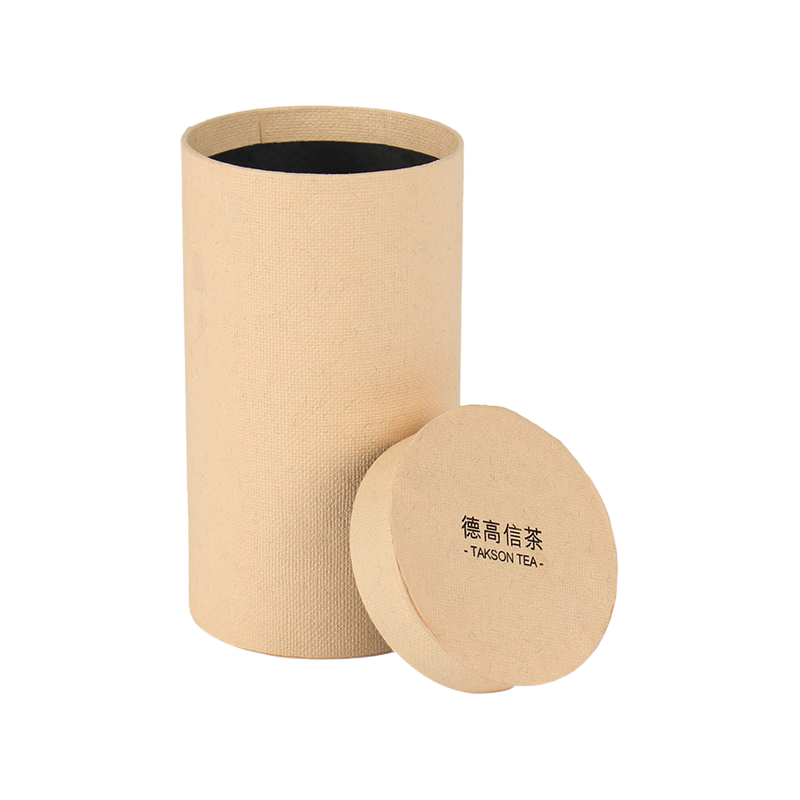Paper packaging box can improve product safety in various ways, making them a suitable choice for a wide range of products, especially in industries where safety and product integrity are paramount. Here are some ways in which paper packaging boxes enhance product safety:
Physical Protection: Paper packaging can provide a protective barrier that shields products from physical damage during handling, transportation, and storage. Properly designed boxes can help prevent dents, scratches, and breakage, ensuring that the product remains intact and safe for use.
Tamper-Evident Features: As mentioned in a previous response, paper packaging boxes can incorporate tamper-evident features such as seals, labels, or tear strips. These features make it clear if the package has been tampered with, helping to maintain the integrity and safety of the product.
Contamination Prevention: Paper packaging can be designed to prevent contamination of the product. In industries like food, pharmaceuticals, and cosmetics, paper packaging is used to protect products from external contaminants, ensuring their safety for consumption or application.

Product Freshness: For perishable or sensitive products, paper packaging can be designed to maintain product freshness by controlling factors such as exposure to light, air, and moisture. For example, paper bags or boxes with moisture-resistant linings can protect the quality of food items.
Barrier Coatings: Specialized coatings and laminates can be applied to paper packaging to create barriers against moisture, oxygen, UV radiation, or other elements that may degrade the product. These barriers help extend the product's shelf life and maintain its safety and quality.
Protective Inserts: Paper packaging boxes can be designed with protective inserts or cushioning materials like foam, corrugated dividers, or molded pulp trays. These inserts help prevent damage to fragile or delicate products during shipping and handling.
Safety Information: Paper packaging can be printed with important safety information, usage instructions, warnings, and cautionary messages. This ensures that consumers are well-informed about how to use the product safely.
Environmental Safety: Using eco-friendly and sustainable paper packaging materials contributes to environmental safety by reducing the environmental impact of packaging materials. This aligns with eco-conscious consumer preferences and regulatory requirements.
Certifications and Compliance: Paper packaging can meet industry-specific safety and quality standards. For example, pharmaceutical packaging must adhere to strict regulations to ensure product safety and efficacy.
Child-Resistant Packaging: In cases where safety is a critical concern, such as for medications or hazardous materials, paper packaging can be designed with child-resistant features, making it challenging for children to access the contents.
Recyclability and Disposal: The recyclable and biodegradable nature of paper packaging ensures that it can be disposed of safely, reducing long-term environmental impact and contributing to overall safety for the environment.
Paper packaging boxes are a versatile and safe choice for various products, and their protective and safety-enhancing features can be customized to meet the specific requirements of different industries and products, promoting consumer confidence and well-being.

